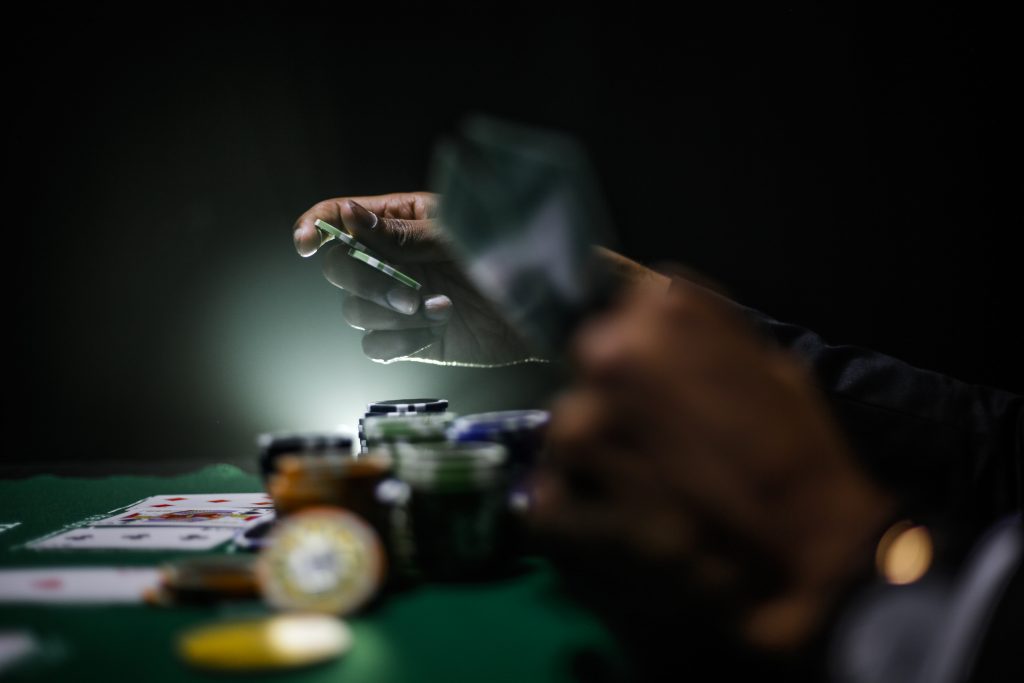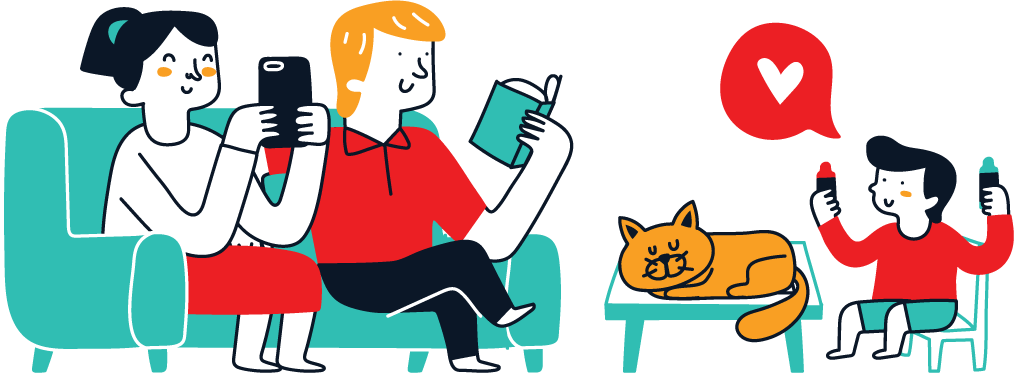The “poker face” stands for an emotionless face, which is associated with the game of chance poker.

Mike Caro, who is known in poker circles as the “Mad Genius of Poker” and has researched and explored the most important gambling concepts, believes that Poker tests our perception. If you want to try your hand with possession, you can choose one casino from the list of UK online casino with 100% deposit bonus.
That quote from Mike Caro makes it clear that poker is not just a game of chance. In addition to having the right strategy and skill, it is important to have the ability to read and analyze your opponent. Here the body language of the opponent must be interpreted correctly.
A well-known quote by Friedrich Nietzsche says: “Man can lie with his mouth as much as he wants – with the face he makes, he always tells the truth. “From both quotes by Caro and Nietzsche, the question and the goal of this term paper arose for me, whether it is possible to analyze and interpret a poker face with the help of body language.
Body Language and Gambling
What does body language have to do with gambling? Why can a wrong look, an inconspicuous wink, or a suspicious hand movement decide about a lot of money?
Some gambling tables are pure communication. To play successfully, it is important to understand the language of your opponent. The opponent sends encoded messages that we have to decode to read the verbal and non-verbal messages correctly.
The so-called poker face, which is still often associated with clichéd gangster movies, means that a poker player is unreadable. These deceptions, as well as bluffs, can be interpreted using tells.
Body language is a form of nonverbal communication. It includes body posture, gestures, facial expressions, and eye gaze. These areas are heavily considered in poker because they can expose the player in any way. Likewise, through readable feelings and emotions of the player, the card hand can be interpreted.
In poker circles, one speaks of so-called “tells”, which provide information about the opponent’s behavior and make bluffs transparent. In the following, these tells will be discussed in order to make the relation to body language clear.
Tells and Reads
Table games are games of deception in which the goal is to discern a person’s true intentions and to conceal one’s own intentions well. The tells help to learn about the opponent’s hand through specific behaviors. Reads are skills used to identify and interpret these specific behaviors. There are two types of tells: conscious and unconscious tells.
Unconscious Tells
The unconscious tells occur as soon as a player does small things when he feels unobserved or does not know he is doing them. Some players reveal the strength of their card hand through their posture.
Sitting position in some games is important to consider here: Players tend to lean forward or assume an upright sitting position when they have a good hand. With a weak hand, the body shows no body tension.
The shoulders droop and the player slumps in his chair. Furthermore, folded arms are a sign of disinterest. Only with a strong hand can it be assumed that the player loosens his arms and does not bluff.


